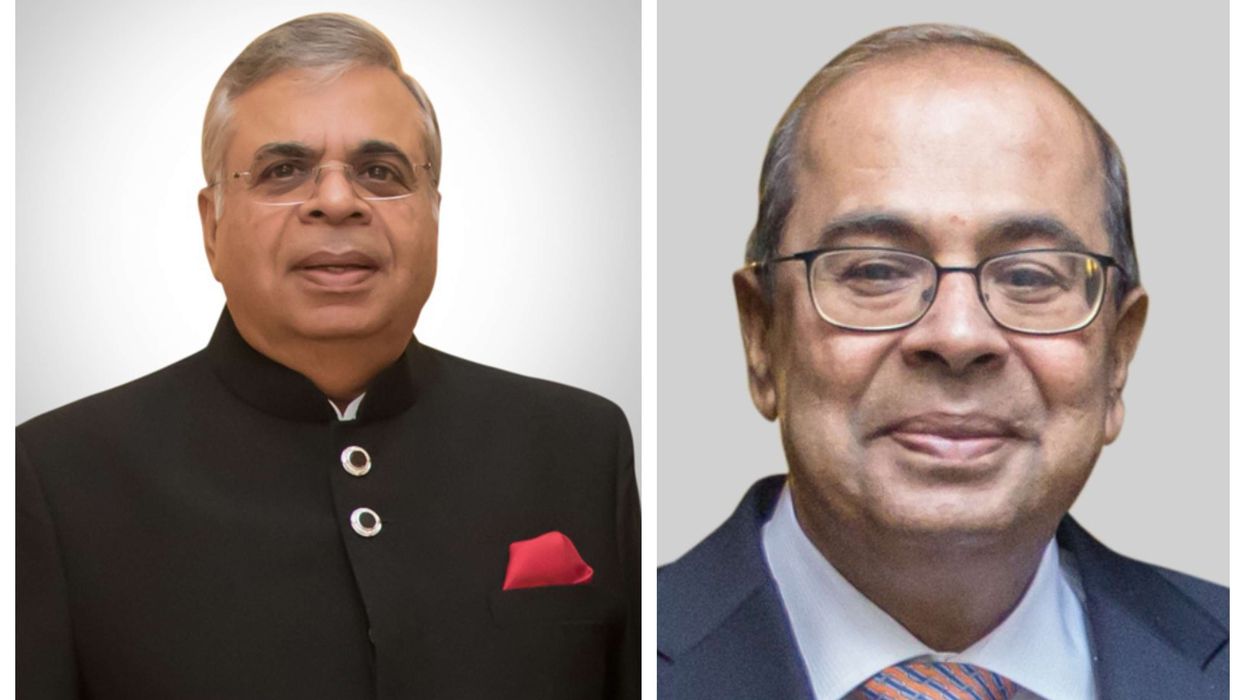THE second edition of the Global Chess League will be held in London from October 3 to 12, said the International Chess Federation (FIDE).
The 10-day, one-of-a-kind chess league featuring top players, will take place at Friends House in central London. The first edition was held in Dubai in 2023.
It will feature top players from around the world, including reigning world champions and rising stars, competing in a unique team format that emphasises strategy, collaboration, and high-stakes play, the statement added.
The Global Chess League is a joint initiative between FIDE and the Indian IT company Tech Mahindra. The league aims to unite the world's top chess players in one of the most historic cities.
In the tournament, the players will compete in a unique joint team format consisting of six players, including two top women chess players and a prodigy player per team.
Each team will play a total of 10 matches in a double round-robin format, with the winner of each match being decided in a best-of-six board scoring system, FIDE said.
"After a fantastic response to the inaugural season we are excited to continue our mission of expanding the reach of chess worldwide and drawing in new experiences for chess fans. Tech Mahindra’s commitment to usher in a new era in the modern chess ecosystem is commendable, and we are confident that the second edition of the league will provide the right platform and push needed to further elevate the sport," said FIDE president Arkady Dvorkovich.
Mohit Joshi, MD and CEO, Tech Mahindra said, "Chess and business share key values such as planning, speed, strategy, and risk management. The infusion of technology opens exciting new opportunities, transforming both fields. The Global Chess League’s second edition creates a unique platform for the global growth of chess.”
(Agencies)


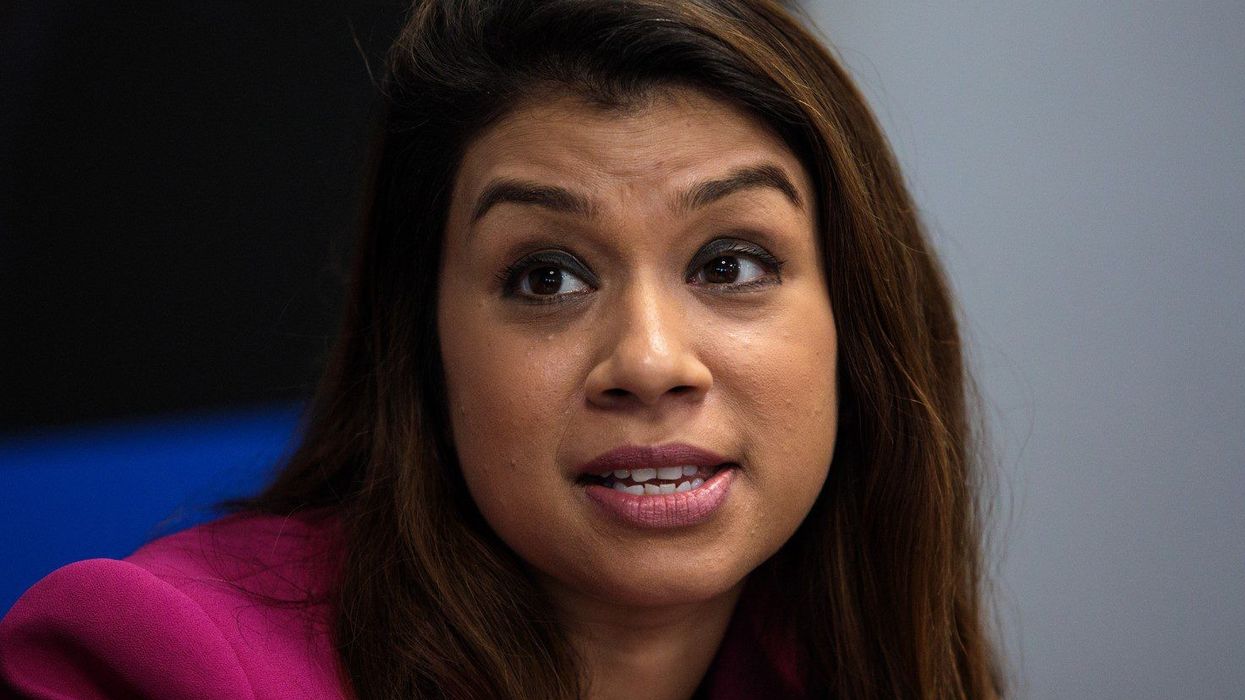


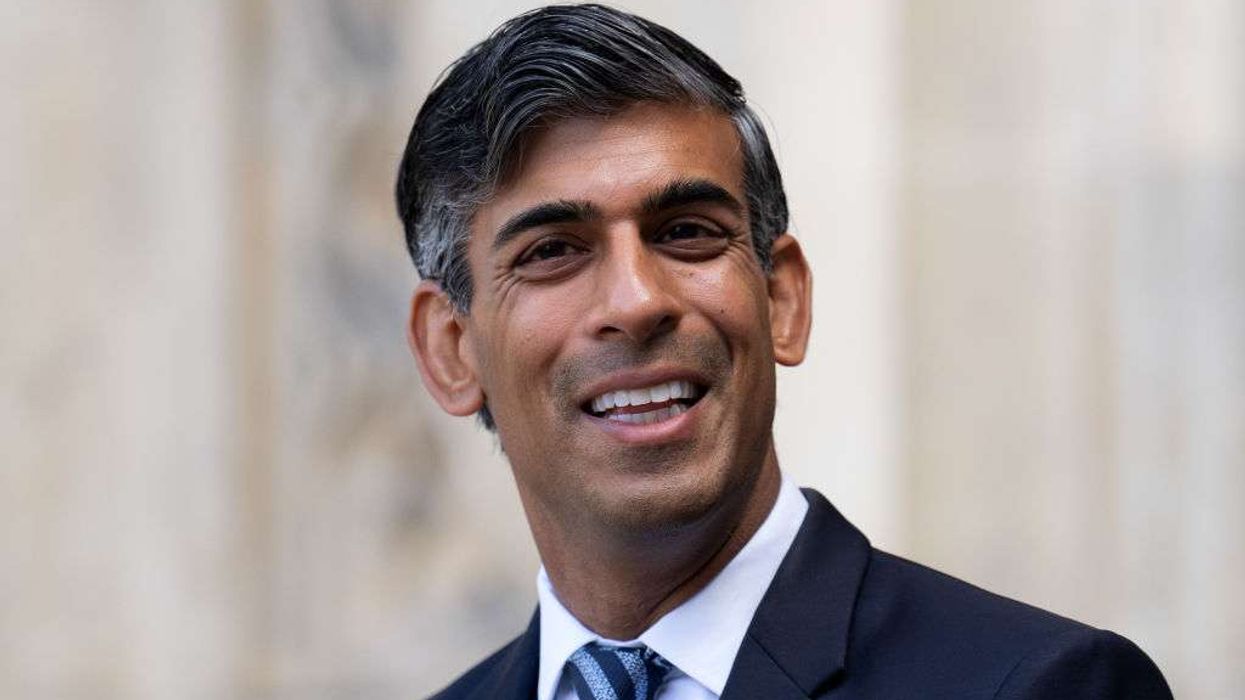
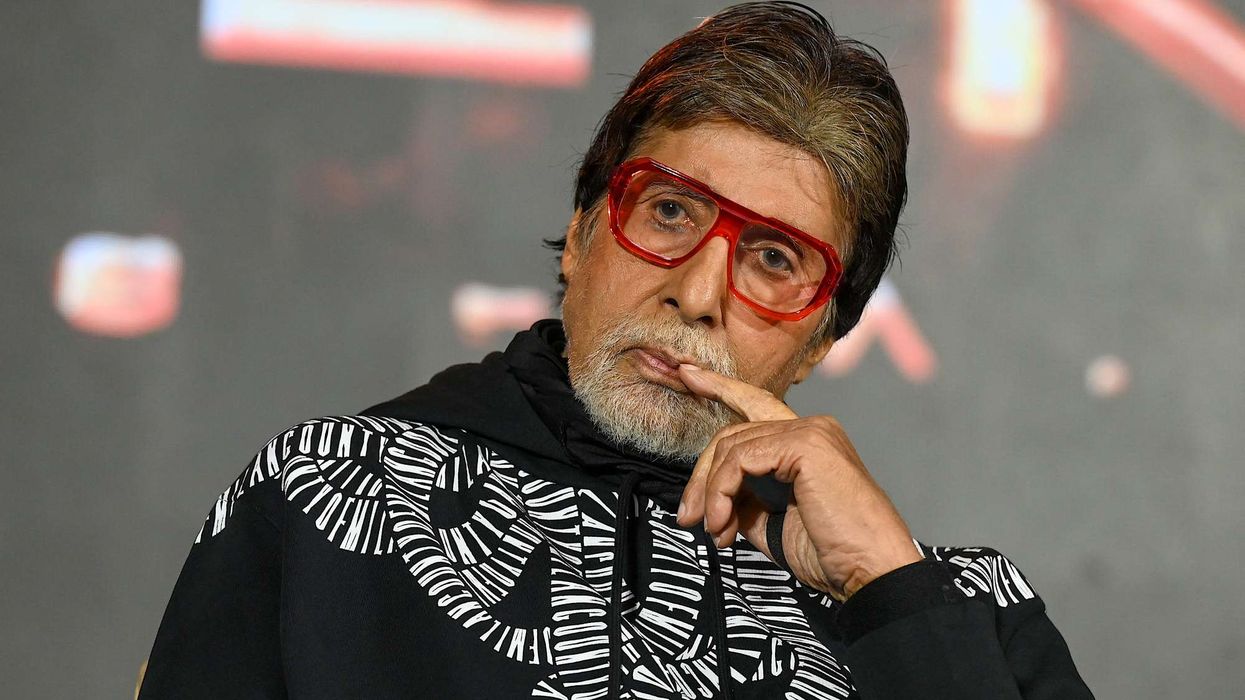
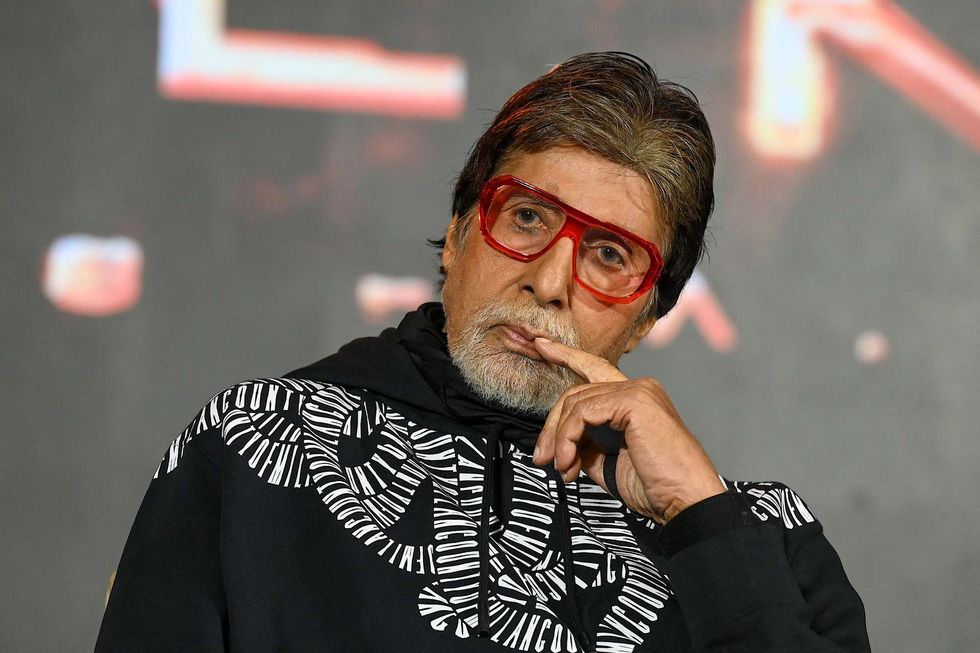 Amitabh Bachchan narrates powerful 26/11 tribute at Global Peace Honours Getty Images
Amitabh Bachchan narrates powerful 26/11 tribute at Global Peace Honours Getty Images 